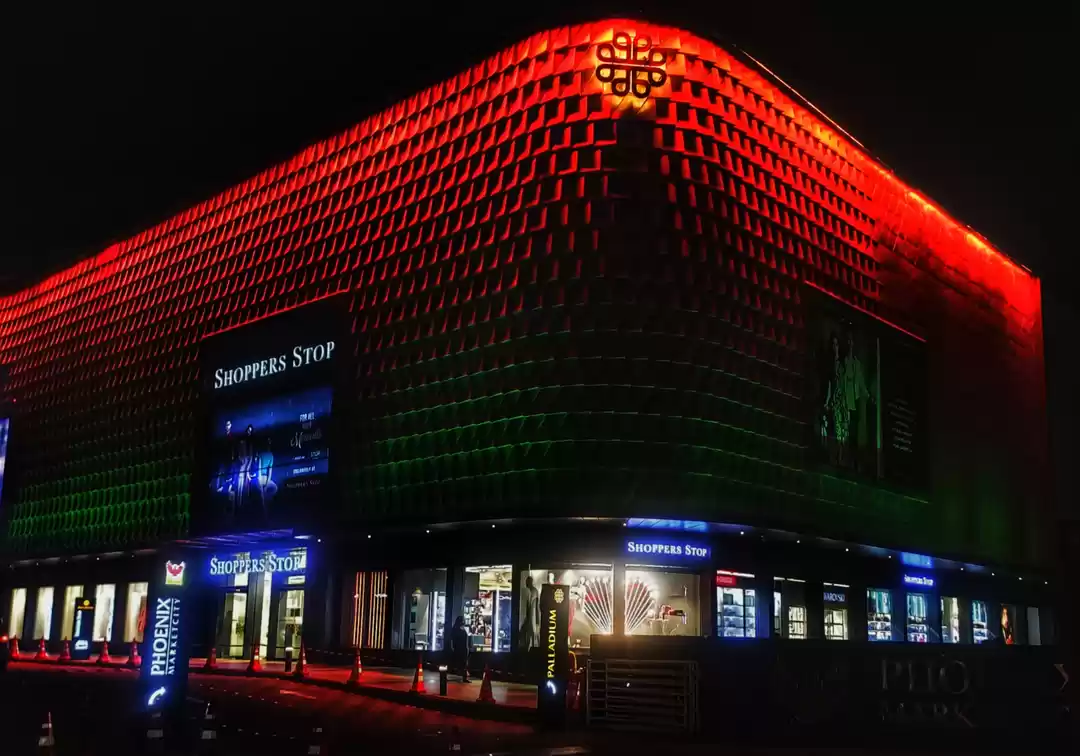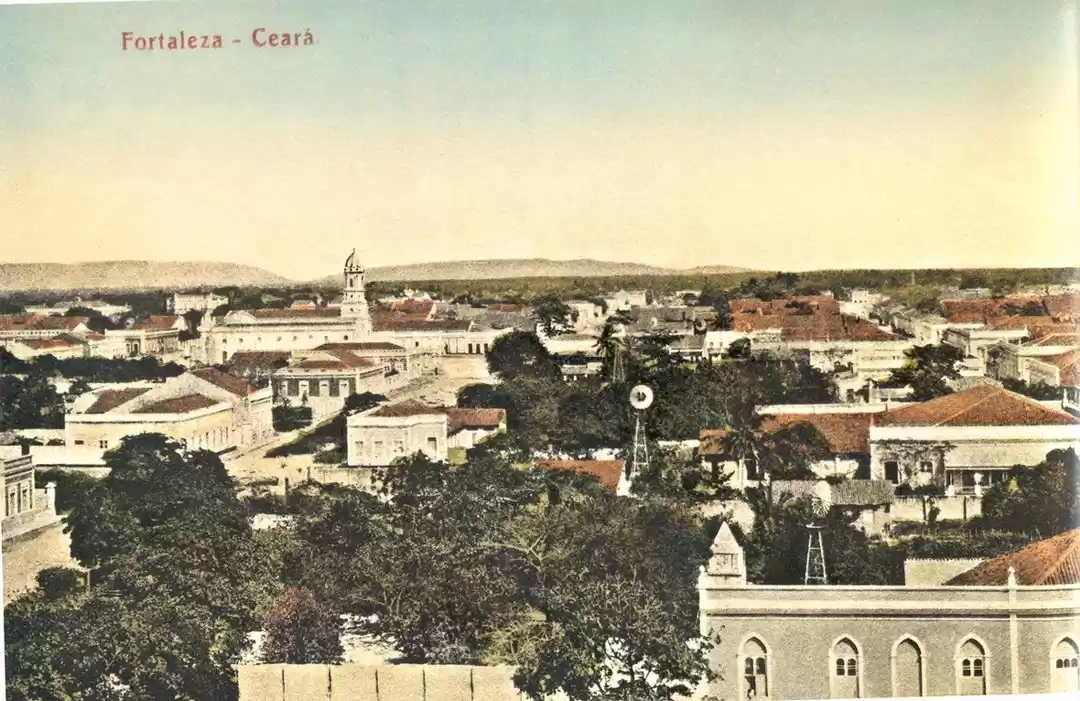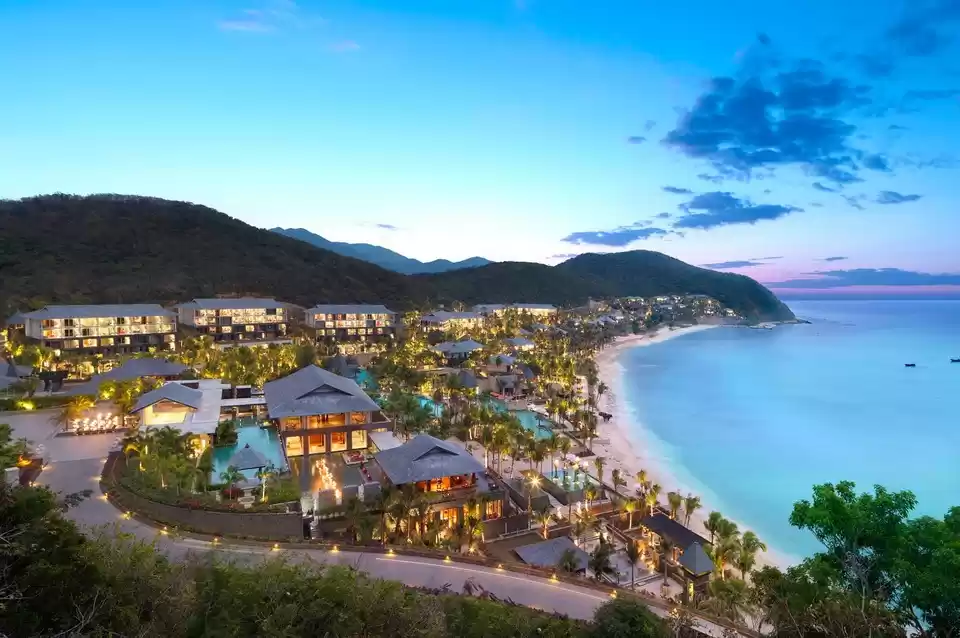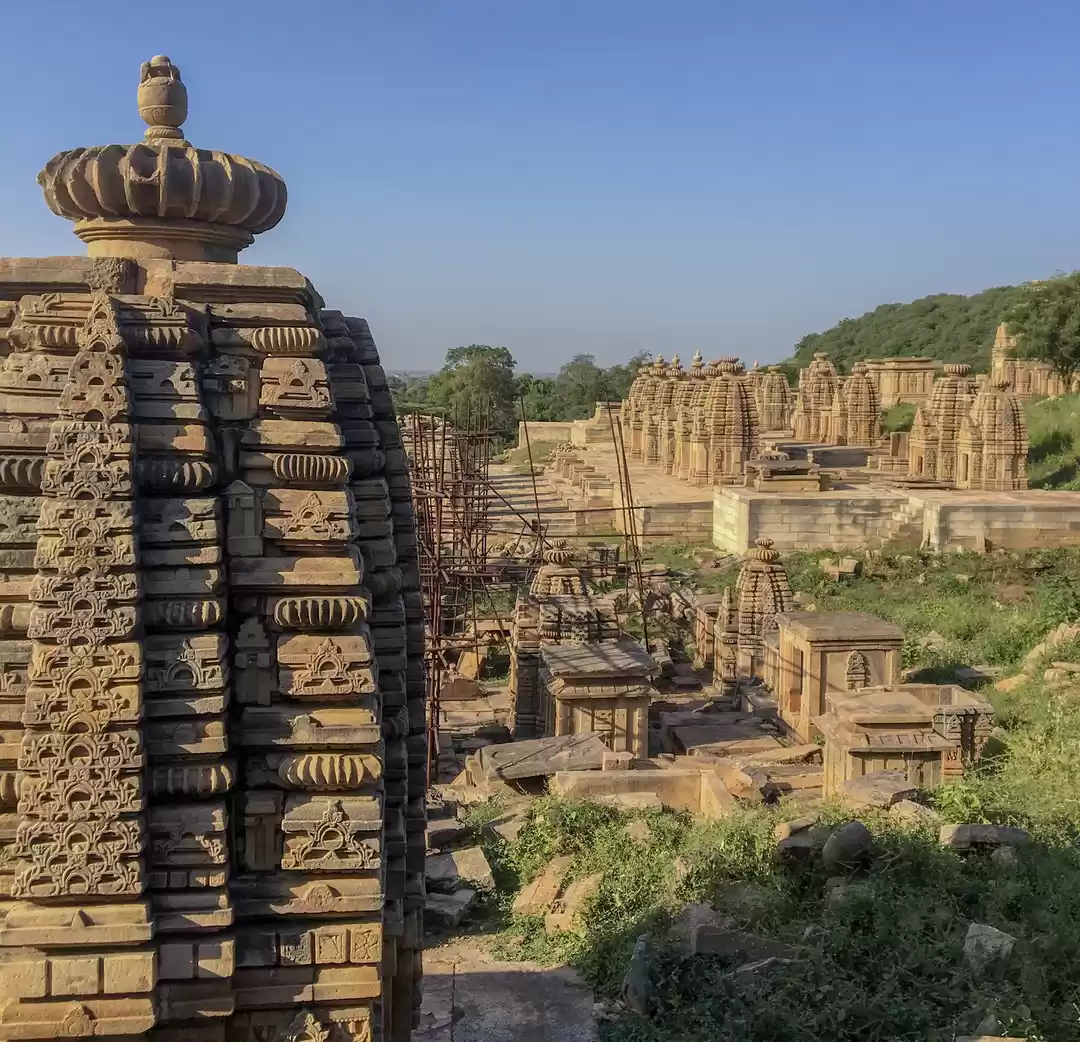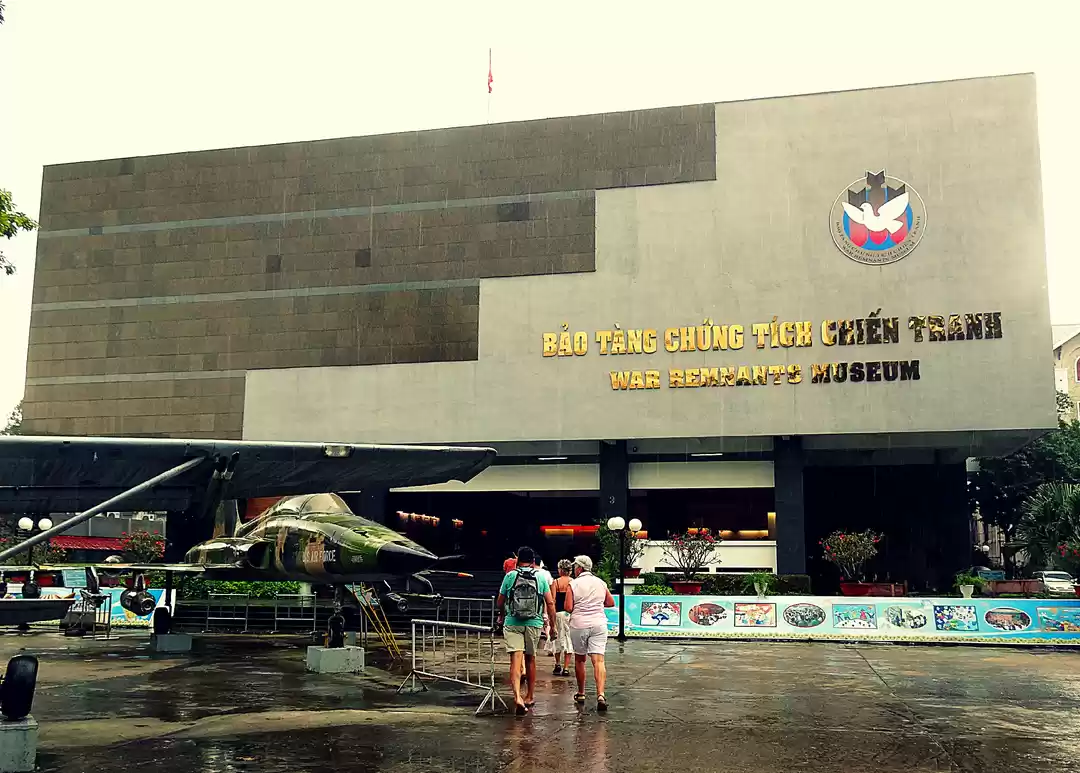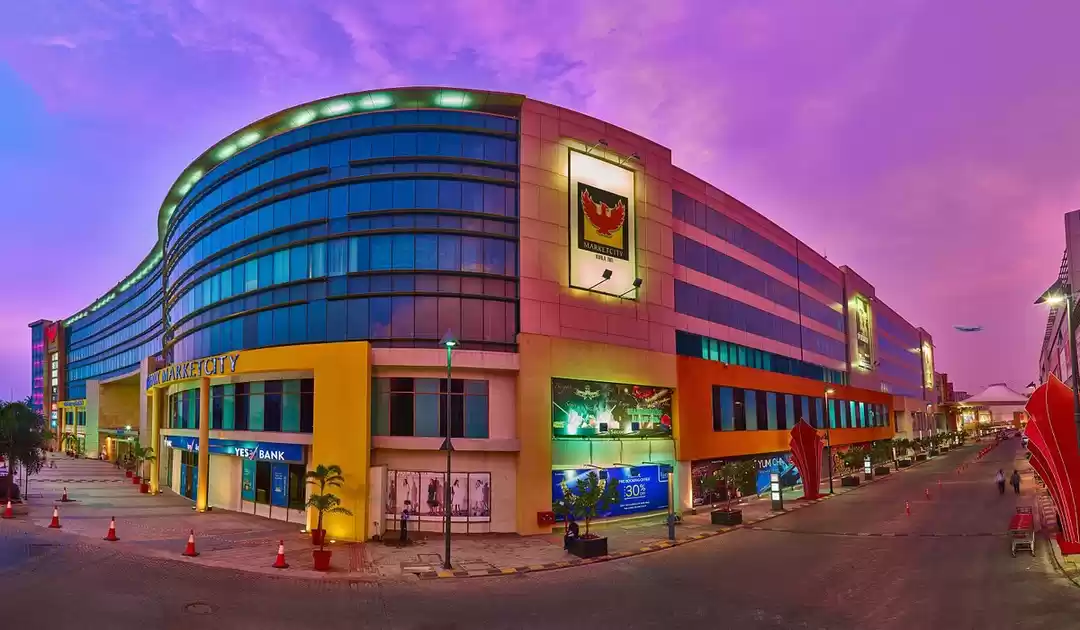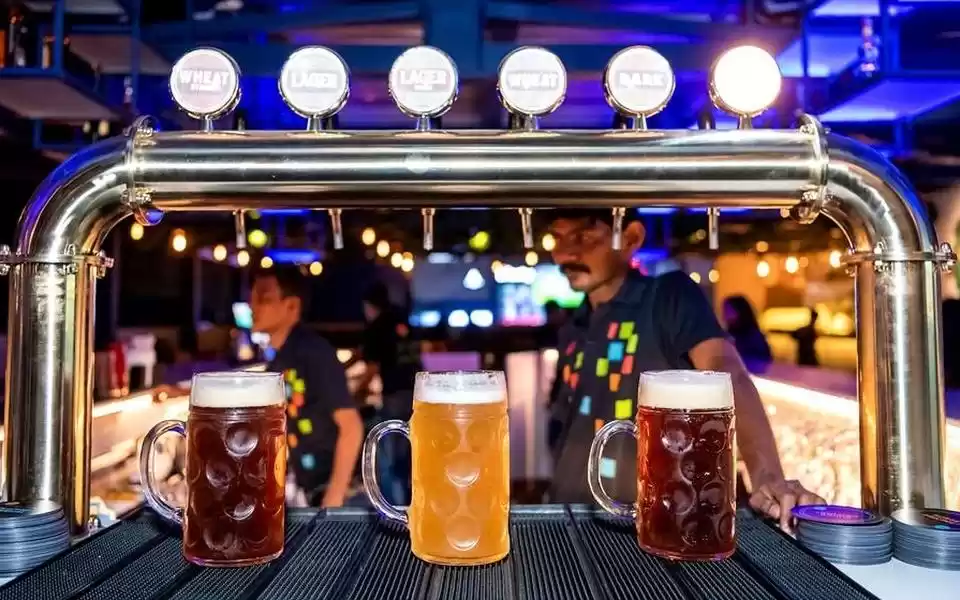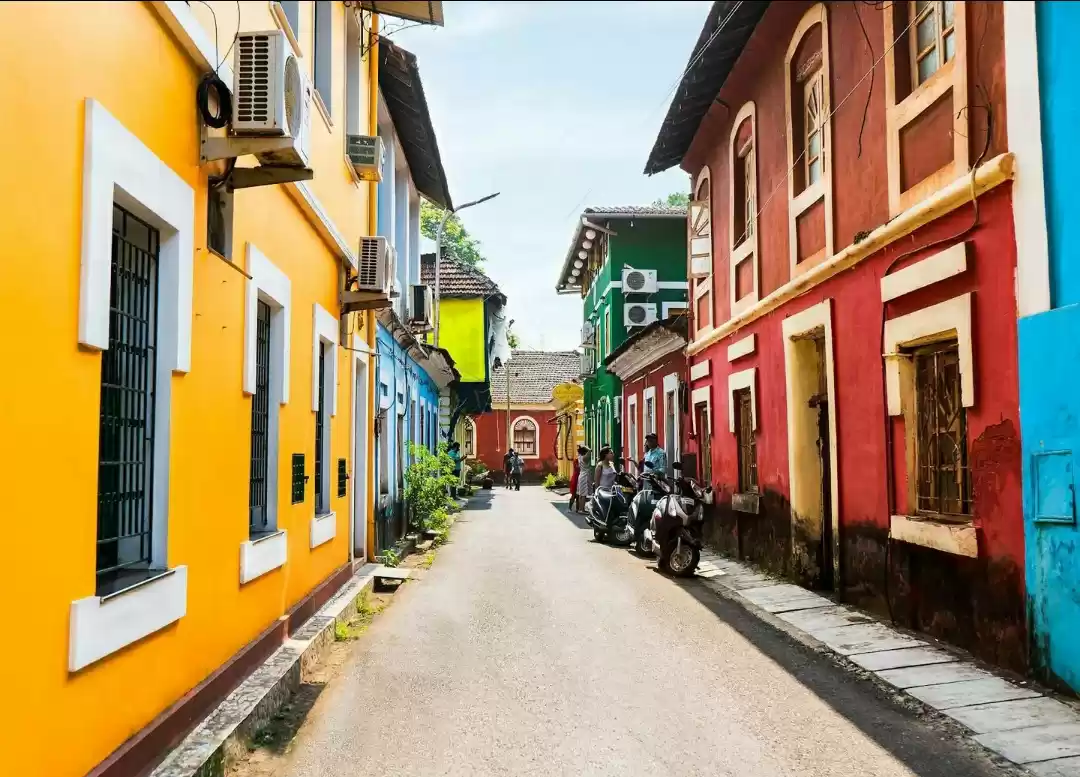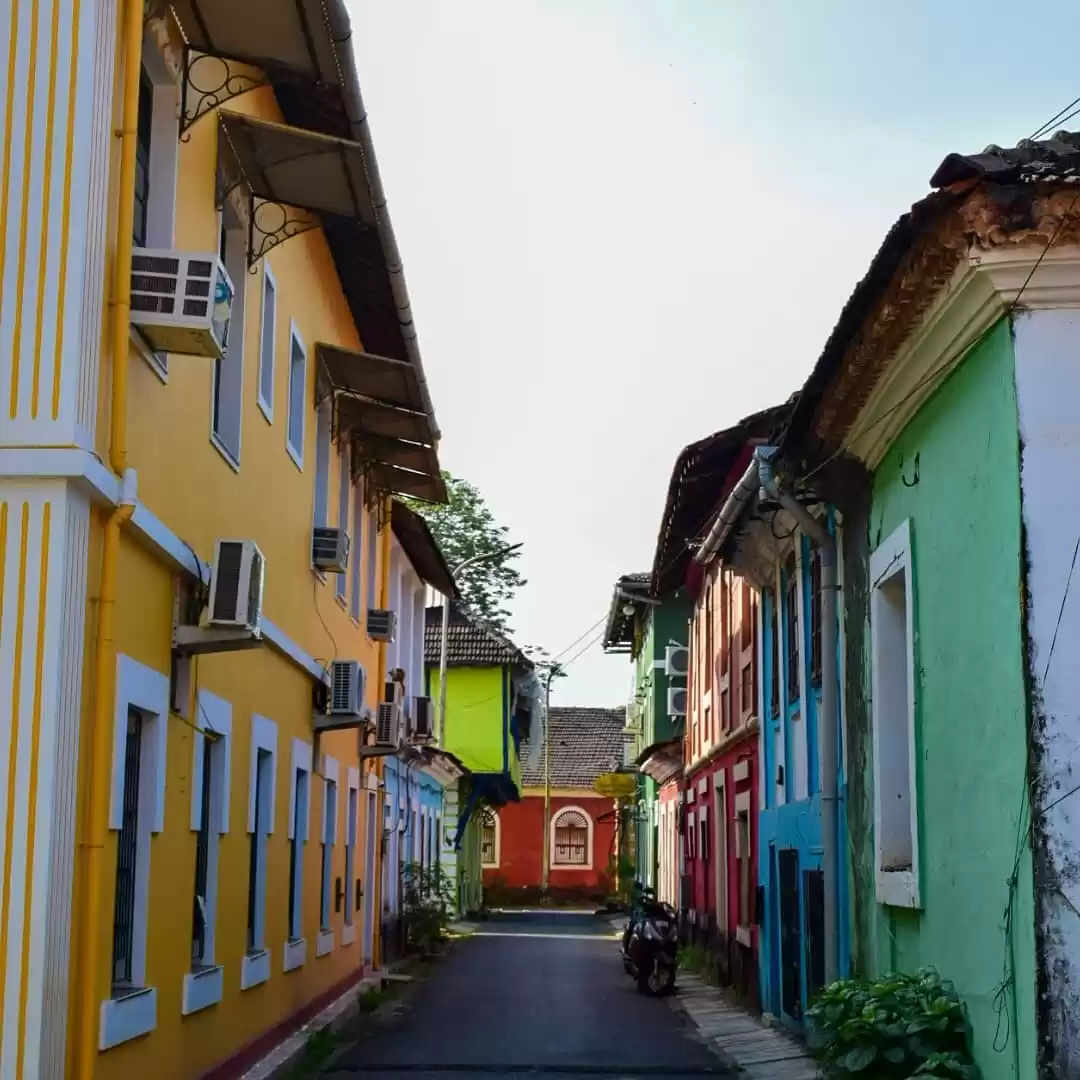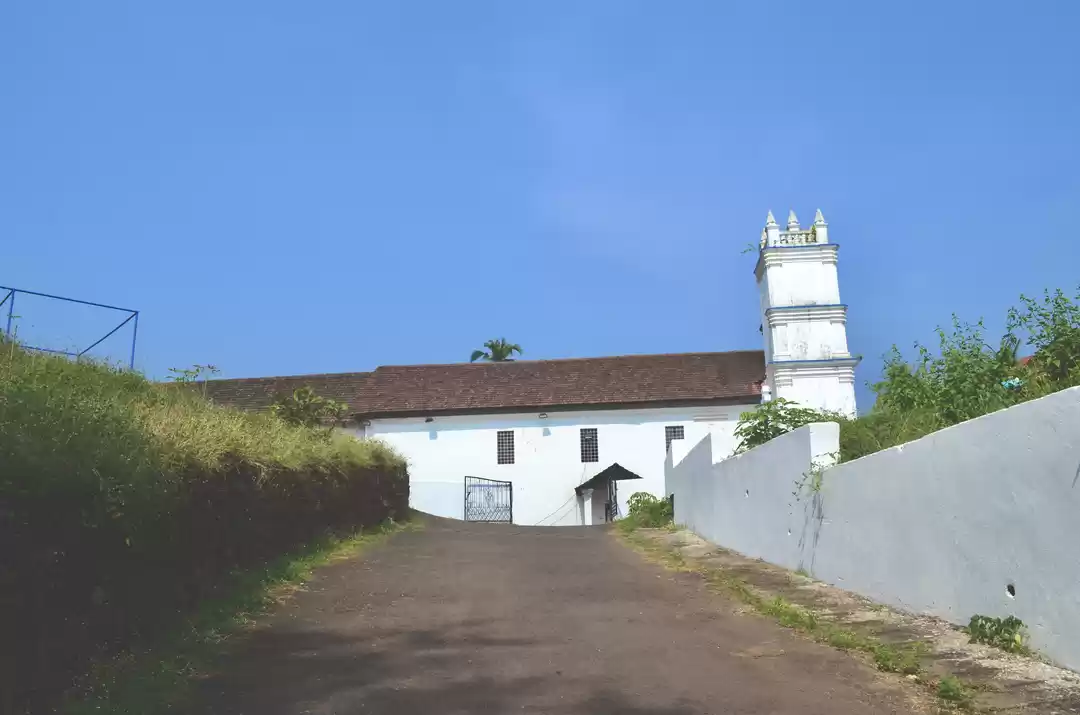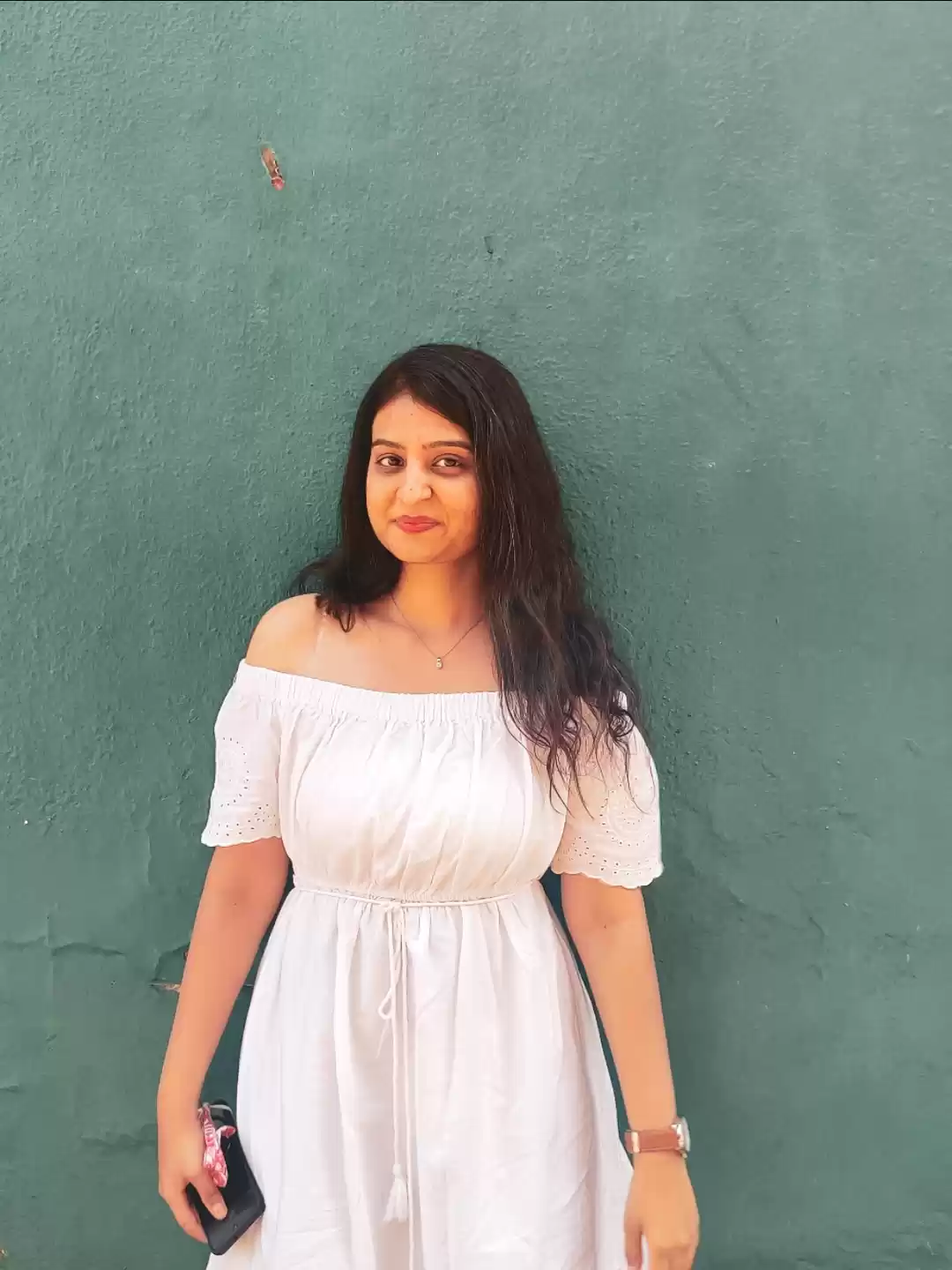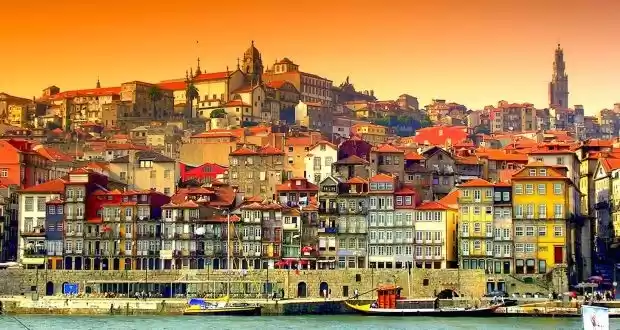
A few weeks back I went on a leisure trip to Goa, one of the most popular tourist destinations in India. The memories are still afresh, and I decided to pen down my experiences. As history goes, several Portuguese merchants and traders have arrived in Goa and settled here. Famous being Vasco Da Gama, the Portuguese captain, symbolic of discovering the sea route which established a trading relationship between Portugal and several countries in Asia and Africa. I was, hence, particularly interested to explore Fountain Has, a Portuguese colony upholding the yesteryears charms of Goa. And was truly mesmerized by the serenity prevailing in the neighborhood along with the colorful houses and the simplistic architecture. The town is now on the list of UNESCO World Heritage sites.


The town is among the oldest Latin Quarters in Goa. Though it is located in the midst of the city, it has its own defined peacefulness and calm environment. Considered the heritage landmark of Panaji, the capital city of Goa, Fountain Has is surrounded by Altinho Hill on the west and Ourem Creek on the east.


The name "Fountain Has" is related to the Fountain of Phoenix, a reservoir constructed by the Portuguese. The town initially belonged to a Goan ex-pat, Antonio Joao de Sequeira, popularly known as "Mossmikar". He mainly promoted coconut plantations at Fountain Has. The area had been mostly populated by sailors, fishermen, people extracting oil, and other locals. After De Sequeira passed away, the entire area was handed over to the Convent of Our Lady of Carmo at Chimbel. Now many of the plots within the town have been sold off to individual buyers and hence you find many small lanes and by-lanes to explore in Fountain Has.


Things to see at Fountain Has
Now let me tell you about the things you can see inside the town
Religious sites
As you stroll around the streets, you can see the chapel of St. Sebestian constructed in the year 1818. And then you can check out the Maruti temple in Mala, an elegant Hindu temple with tangerine color. The temple is located atop Altinho Hill, dedicated to Hanumanji.
The Streets
The streets in the town are noticeable, especially because of their names. For example, the 18th June road is named after Ram Manohar Lohia. He was one of the greatest Indian leaders to launch the Civil Disobedience Movement in 1961 to liberate Portugal. Then the 31st January Road or Rua 31 de Janeira earned the name from the date 31st January 1640 when Portugal attained independence from Spain.
Colonial Architecture
The remarkable part of Fountain Has is its houses with vibrant colors and fascinating architecture. The doors were made of dark-colored wood, the tiled roofs made of slate, the blue and white tiled plaques and the walls and boundaries were colored in multiple hues of mustard yellow, red, and maroon.


Artistic Touch
You can find much exemplary artistic beauty inside the town. There is a Gitanjali gallery where you can entertain yourself with lino prints, contemporary art, and Scandinavian lith og raphs. Another one is Velha Goa Galeria, where you can purchase some hand-painted traditional ceramics.


Unique characteristics of the town
It is best to explore the town by walking, soaking into the architectural charm of the Portuguese era. The houses carry forward the historical influence of Portuguese artistic beauty, a perfect abode to stay in if you love to be transported into a celestial world. You must not miss out on clicking some exotic pictures of the neighborhood. I loved the simplistic design of the windows and doors, and the colors adorning the walls. A school in the town caught my eye, mini colossal in its structure yet elegant and captivating.


And remember to sit, relax, and have a bite at one of the cafes in the town. I would recommend "Bombay Coffee Roasters" - the food is yummy, the coffee is superb, and the staff is courteous.


Best time to visit
The perfect time to visit Fountain Has is the month of February when the Fountain festival is held. You can witness the local culture, tradition, and art, and feel the vibes. Even the houses are transformed into art galleries with displays of various hand-made art and paintings.





